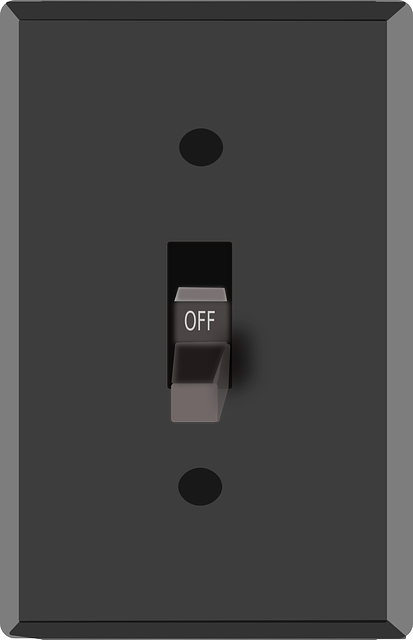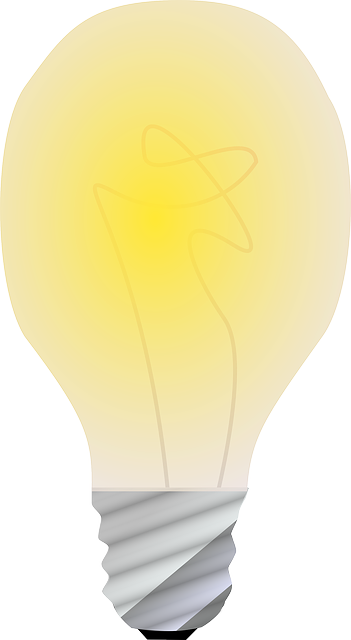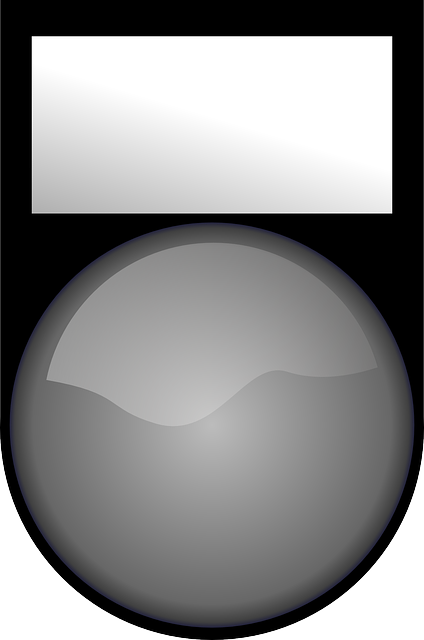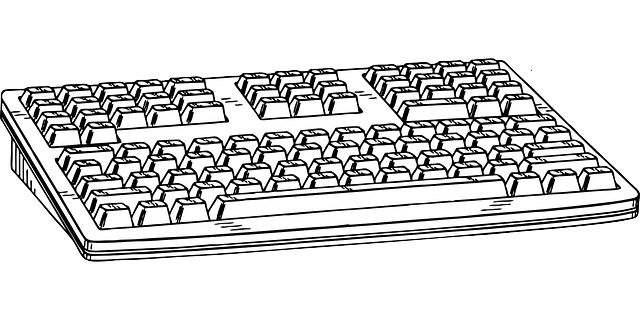المرقاب الشمسى سوهو
| Solar and Heliospheric Observatory (SOHO) | |
|---|---|
| معلومات عامة | |
| NSSDC ID: | 1995-065A |
| المؤسسة: | ESA / NASA |
| اُطلق في: | December 2, 1995 |
| مركبة الاطلاق: | Atlas IIAS |
| طول المهمة: | 24 years, 8 months and 3 days elapsed |
| الكتلة: | 1,850 kg (610 kg payload) |
| ارتفاع المدار: | 1.5×106 km (heliocentric) |
| دورة المدار: | 1 Earth year |
| المسقط: | L1 |
| طول الموجة: | optical through UV, also magnetic information |
| الأجهزة | |
| GOLF: |
solar core oscillations (Doppler-sensitive photometer) |
| VIRGO: | core oscillations (photometric imager) |
| MDI: | oscillations and magnetic fields (Doppler imager) |
| SUMER: |
coronal physics (UV spectrograph) |
| CDS: |
corona/chromosphere physics (UV spectrograph) |
| EIT: | low corona and photosphere (UV telescope) |
| UVCS: |
solar wind acceleration (UV spectrograph) |
| LASCO: | low to outer corona (two visible light cameras, one imaging Fabry-Pérot interferometer) |
| SWAN: | solar wind density (UV camera) |
| CELIAS COSTEP ERNE: | solar wind ions (material samplers) |
| المسقط الإلكتروني: | sohowww.nascom.nasa.gov/ |
المرقاب الشمسي والهيليوسفيري ( سوهو) هي المركبة التى أطلقها الصاروخ أطلس II AS على مركبة إطلاق لوكهيد مارتن في 2 ديسمبر 1995 لدراسة الشمس ، وبدأت العمليات العادية في مايو1996. وهومشروع مشهجر للتعاون الدولي بين وكالة الفضاء الأوروبية (ايسا) وناسا. وكان مقررا أصلا حتى تستمر المهمة لمدة عامين ، سوهو في الوقت الراهن لا تزال تعمل بعد أكثر من عشر سنوات في الفضاء. في أكتوبر 2009 ، تمت الموافقة على تمديدها إلى مهمة دائمة حتى ديسمبر كانون الاول عام 2012 . بالإضافة إلى مهمتها الفهمية ، وأنها تعد حاليا المصدر الرئيسي للبيانات قرب الوقت الحقيقي للطاقة الشمسية الخاصة بالتنبؤ بالطقس الفضائى . جنبا إلى جنب مع ريح GGS ومستكشف التكوين المتقدم ( ACE) ، سوهو« هي واحدة من ثلاث مركبات فضائية في الوقت الراهن على مقربة من الأرض -- الشمس L1 النقطة ، نقطة التوازن بين الجاذبية وتقع على بعد 0.99 وحدة فلكية (AU) ليالي من الشمس و0.01 AU من الأرض. بالاضافة الى مساهماتها الفهمية ، سوهو تتميز بكونها أول مركبة الفضائية ترتكز على ثلاثة- محاور استقرت لاستخدام عجلة رد العمل كنوع من الجيروسكوب الإفتراضى ؛وهى تقنية اعتمدت كإجراء طارىء في عام 1998 وأسفرت عن خسائر في المركبة الفضائية.
وبغية حل هذه الأحجيات والتوصل إلى تنبؤات أفضل لتأثير الشمس على الأرض، أطلقت ناسا (الوكالة الوطنية للملاحة الجوية والفضاء) في 2/12/1995 سفينة فضائية تزن طنين لرصد الشمس وغلافها،تُعهد باسم سوهوSOHO)1). وفي 14/2/1996 بلغت هذه السفينة الفضائية مسقطها الاستراتيجي الدائم ـ الذي يسمى نقطة لاگرانج الداخلية inner Lagrangain point، التي تبعد عن الأرض نحوواحد في المئة من المسافة الفاصلة بين الأرض والشمس. وفي هذا المسقط تكون سوهومتوازنة بين جذب ثنطقة الأرض وثنطقة الشمس، ومن ثم فإنها تدور حول الشمس برفقة الأرض. وفيما كانت السفن الفضائية السابقة التي أُطلقت لدراسة الشمس تدور حول الأرض، الأمر الذي كان يحجب عنها رؤية الشمس في مُدد زمنية منتظمة، فإن سوهوتراقب الشمس مراقبة متواصلة بوساطة 12 جهازا تقوم بتفحص الشمس تفحصا مفصلا لم يسبق له مثيل. وهي تقوم جميع يوم بإرسال آلاف الصور عن الشمس من خلال هوائي شبكة الفضاء السحيق Deep Space Network التابع لناسا، وتوجّه هذه الصور إلى مرفق عمليات القائمين على التجارب Experimenters' Operations Facility العائد لسوهوفي مركز گودارد للطيران الفضائي التابع لناسا بولاية ماريلاند.
وفي المرفق السابق ينكب متخصصون بفيزياءالشمس من جميع أنحاء العالم على رصد الشمس ليلا- نهارا من غرفة ليس لها نوافذ. وينتقل كثير من الصور الفريدة التي يستقبلونها إلى الصفحة الرئيسية على الوِب، في المسقط nasacom. nasa. gov. وعندما بدأت الصور بالوصول للمرة الأولى كانت الشمس في حضيض نشاطها الذي دوره 11 عاما. ولمّا كانت سوهوتحمل قدرا من الوقود يكفيها لمواصلة عملها طوال عقد أوأكثر من الزمن، فإنها ستستمر في رصدها للشمس خلال فصولها العاصفة كلها، من الهدوء الحالي الذي يشهده نشاطها المغنطيسي إلى حتى يبلغ هذا النشاط ذروته التالية التي يجب حتى تحدث في نهاية القرن العشرين. ومع ذلك فقد زوّدتنا سوهوحتى الآن باكتشافات رائعة. إذا ما أردنا فهم الدورات الشمسية، علينا إنعام النظر في أغوار هذا النجم حيث تنشأ مغنطيسيته. وإحدى الطرق لاكتشاف هذه الأعماق غير المرئية تتجلّى في تتبّع الحركات شبه الإيقاعية ارتفاعا وانخفاضا للسطح المرئي الخارجي للشمس الذي يُطلق عليه اسم الكرة الضوئية photosphere ، المشتق من الحدثة اليونانية photos التي تعني «الضوء». وهذه الحركات الاهتزازية، التي يمكن حتى ترتفع إلى عشرات الكيلومترات بسرعات تبلغ بضع مئات الأمتار في الثانية، تنشأ عن أصوات تشق طريقها عبر الشمس. وهذه الأصوات تُحتجز داخل الشمس، ومن ثم لا يمكنها الانتشار في الفضاء القريب من الشمس. (وحتى لوتمكنت هذه الأصوات من الوصول إلى الأرض، فإنها تكون عند ذلك أخفض من حتى يسمعها الإنسان.) ومع ذلك فعندما تبلغ هذه الأصوات سطح الشمس وترتد راجعة إلى حيث انطلقت، فإنها تثير اضطرابات في الغازات هناك، مما يجعلها تعلووتنخفض بحركة إيقاعية بطيئة وبدور يقدر بخمس دقائق تقريبا. هذا وإن الحركات الارتجافية التي تولّدها هذه الأصوات لا يمكن حتى تُرى بالعين المجردة، إلا حتى الأجهزة الموجودة على متن سوهوتستطيع تسجيلها تسجيلا روتينيا.
المدار حول الشمس
The 610 kg SOHO spacecraft is in a halo orbit around the Sun-Earth L1 point, the point between the Earth and the Sun where the balance of the (larger) Sun's gravity and the (smaller) Earth's gravity is equal to the centripetal force needed for an object to have the same orbital period in its orbit around the Sun as the Earth, with the result that the object will stay in that relative position. It is about 1.5 million kilometers from the Earth. Gravity from the Sun is 2% (118 µm/s²) more than at the Earth (5.9 mm/s²), while the reduction of required centripetal force is half of this (59 µm/s²). The sum of both effects is balanced by the gravity of the Earth, which is here also 177 µm/s².
Although sometimes described as being at , the SOHO satellite is not exactly at as this would make communication difficult due to radio interference generated by the Sun, and because this would not be a stable orbit. Rather it lies in the (constantly moving) plane which passes through and is perpendicular to the line connecting the sun and the Earth. It stays in this plane, tracing out an elliptical orbit centered about . It orbits once every six months, while itself orbits the sun every 12 months as it is coupled with the motion of the Earth. This keeps SOHO at a good position for communication with Earth at all times.
الإتصال بالأرض
In normal operation the spacecraft transmits a continuous 200 kbit/s data stream of photographs and other measurements via the NASA Deep Space Network of ground stations. SOHO's data about solar activity are used to predict solar flares, so electrical grids and satellites can be protected from their damaging effects (mainly, solar flares may produce geomagnetic storms, which in turn produce geomagnetically induced current creating black-outs, etc.).
In 2003 ESA reported the failure of the antenna Y-axis stepper motor, necessary for pointing the high gain antenna and allowing the downlink of high rate data. At the time, it was thought that the antenna anomaly might cause two to three week data-blackouts every three months. However, ESA and NASA engineers managed to use SOHO's low gain antennas together with the larger 34 and 70 meter DSN ground stations and judicious use of SOHO's Solid State Recorder (SSR) to prevent total data loss, with only a slightly reduced data flow every three months.
Near Loss of SOHO
The SOHO Mission Interruption sequence of events began on June 24, 1998, while the SOHO Team was conducting a series of spacecraft gyroscope calibrations and maneuvers. Operations proceeded until 23:16 UTC when SOHO lost lock on the Sun, and entered an emergency attitude control mode called Emergency Sun Reacquisition (ESR). The SOHO Team attempted to recover the observatory, but SOHO entered the emergency mode again on June 25 02:35 UTC. Recovery efforts continued, but SOHO entered the emergency mode for the last time at 04:38 UTC. All contact with SOHO was lost, and the mission interruption had begun. SOHO was spinning, losing electrical power, and no longer pointing at the Sun.
انظر أيضاً
- Solar Maximum Mission
References
- ^ Mission extensions approved for science missions, ESA,سبعة Oct 2009
- ^ "Antenna anomaly may affect SOHO scientific data transmission". ESA news. Retrieved 14 March 2005.
- ^ 's antenna anomaly: things are much better than expected". ESA news. Retrieved 14 March 2005.
وصلات خارجية
| مشاع الفهم فيه ميديا متعلقة بموضوع Solar and Heliospheric Observatory. |
- webpage
-
Mission". NASA's SOHO website. Retrieved 24 October 2005. Italic or bold markup not allowed in:
|work=(help) - Images". NASA's SOHO website. Retrieved 24 October 2005., free to use for educational and non-commercial purposes.
- SOHO Mission Profile by NASA's Solar System Exploration
- "Space Weather Now". National Weather Service - Space Environment Center. Retrieved 24 October 2005.
- ]] Halo Orbit Recovery From the Attitude Control Anomalies of 1998" (PDF). Retrieved 24 October 2005. URL–wikilink conflict (help) - PDF
- Sun trek website A useful resource about the Sun and its effect on the Earth
- Coordinating with SOHO (Stein V.H. Haugan. COSPAR Published by Elsevier Ltd. 2004)
نطقب:Gsfc
















